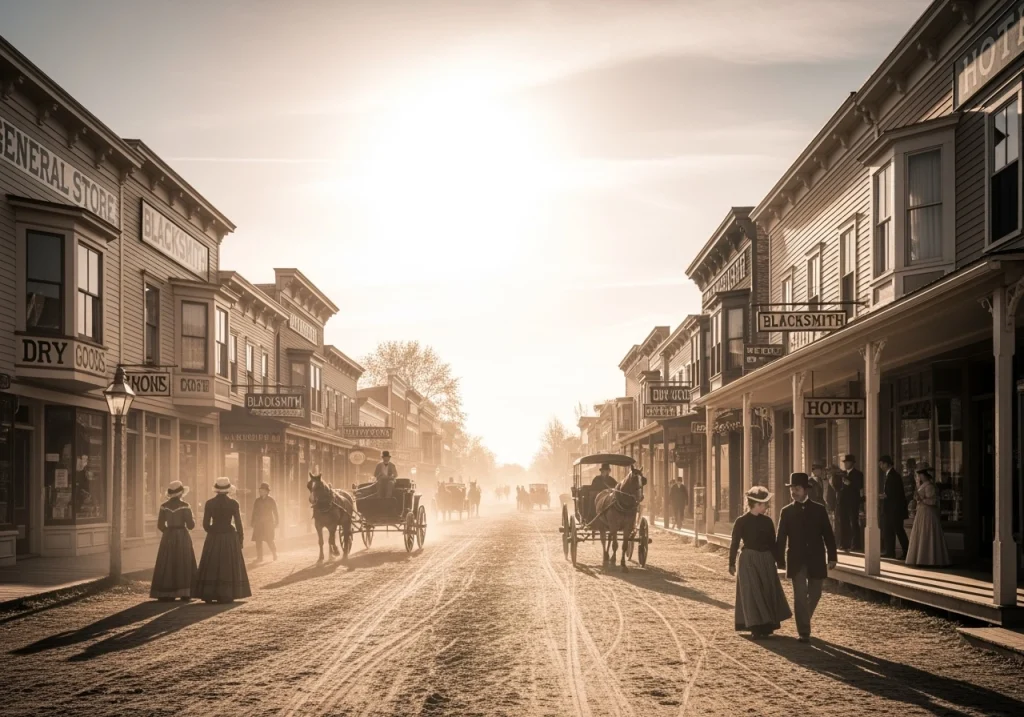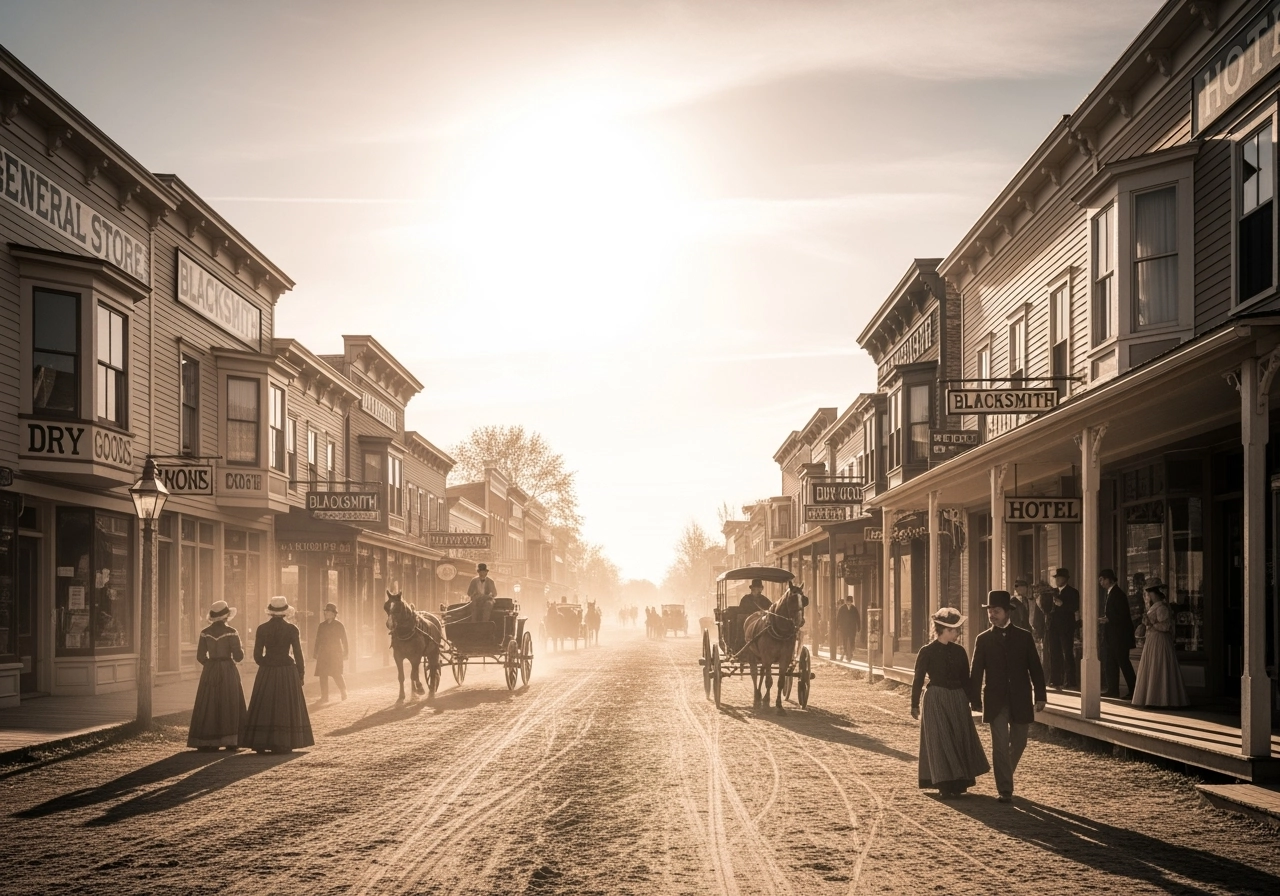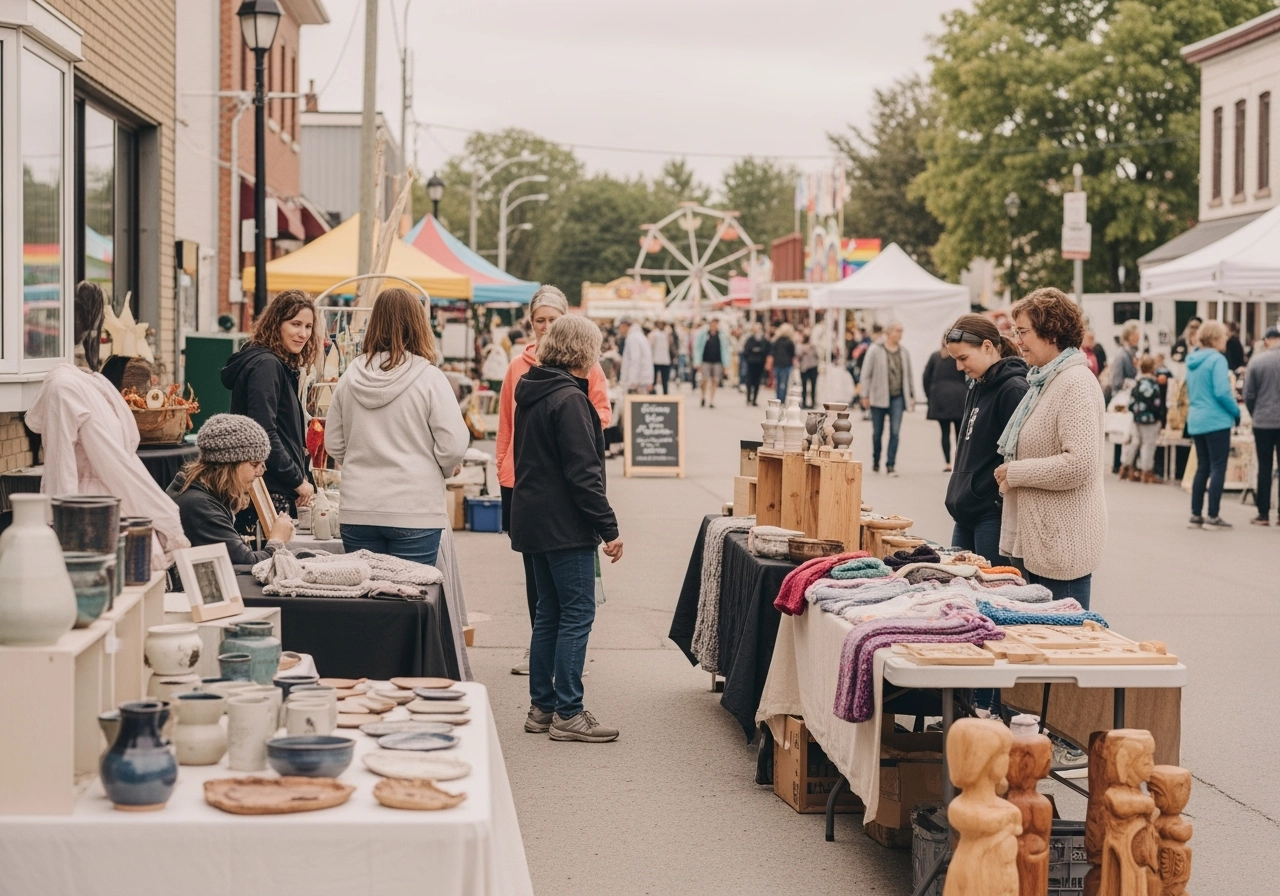A Journey Through Time: The Story of Burford
Burford, Ontario, is a community deeply rooted in its past, with a history that has shaped its character and identity. From its origins as a land grant to its crucial role in the development of Brant County’s agricultural landscape, the story of Burford is a tale of resilience, growth, and community spirit. This article provides a concise look at the key milestones that have defined this remarkable town.
The Foundation of a Community
The history of Burford begins in the late 18th century with the arrival of European settlers. The area was part of the original Burford Township land grant, given to the esteemed British military officer, Lieutenant-Colonel William Burford. The first permanent settlers, many of whom were United Empire Loyalists seeking new lives after the American Revolution, began to arrive in the 1790s. They were drawn to the fertile land and the promise of a new start, establishing the initial farms and homesteads that would form the nucleus of the future town.

A Hub of Agriculture and Industry
As the 19th century progressed, Burford flourished. Its location, situated along key transportation routes, made it a natural center for agriculture and local trade. By the mid-1800s, Burford was a bustling market town, where farmers from the surrounding areas would gather to sell their crops and purchase supplies. The construction of the Brantford and Burford Plank Road in the 1840s further solidified its position as a regional hub, improving transportation and economic ties.
The town’s industry also grew, centered around the needs of its agricultural base. Mills for grinding grain, blacksmith shops, and general stores became integral parts of the community. Key milestones include:
- 1793: The Burford Township land grant is established.
- 1812: The town sees its first major influx of settlers following the War of 1812.
- 1854: The arrival of the railroad dramatically accelerates the town’s growth and economic importance.
- 1869: The Burford Fair is officially established, becoming an annual tradition celebrating the town’s agricultural heritage.
Modern Burford: A Legacy of Community
The 20th and 21st centuries saw Burford evolve from a purely agrarian town into the vibrant, modern community it is today. While agriculture remains a vital part of its economy and identity, Burford has also grown into a desirable place to live, offering a blend of small-town charm and modern amenities. The town’s historical buildings and well-preserved Main Street serve as a constant reminder of its rich past, while its community events and local businesses, like Betty’s Place, continue to carry forward its legacy of hospitality and local pride.
The historical records and community archives preserved by the County of Brant stand as a testament to the town’s enduring spirit and the people who built it from the ground up.
Frequently Asked Questions (FAQ)
What is the Burford Fair?
The Burford Fair is one of Ontario’s longest-running agricultural fairs, established in 1869. It is an annual event that celebrates the local farming community with livestock shows, midway rides, and various family-friendly attractions.
When was the town of Burford officially founded?
While not officially incorporated as a town until later, the community’s origins can be traced back to the establishment of the Burford Township land grant in 1793 and the subsequent arrival of the first permanent settlers in the 1790s.
Who was Burford named after?
Burford was named after Lieutenant-Colonel William Burford, a British military officer who received the land grant for the township in the late 18th century.
What was Burford’s primary industry in the 19th century?
In the 19th century, Burford’s primary industry was agriculture. The town served as a central hub for the surrounding farming communities, providing essential services like milling, blacksmithing, and trading.



